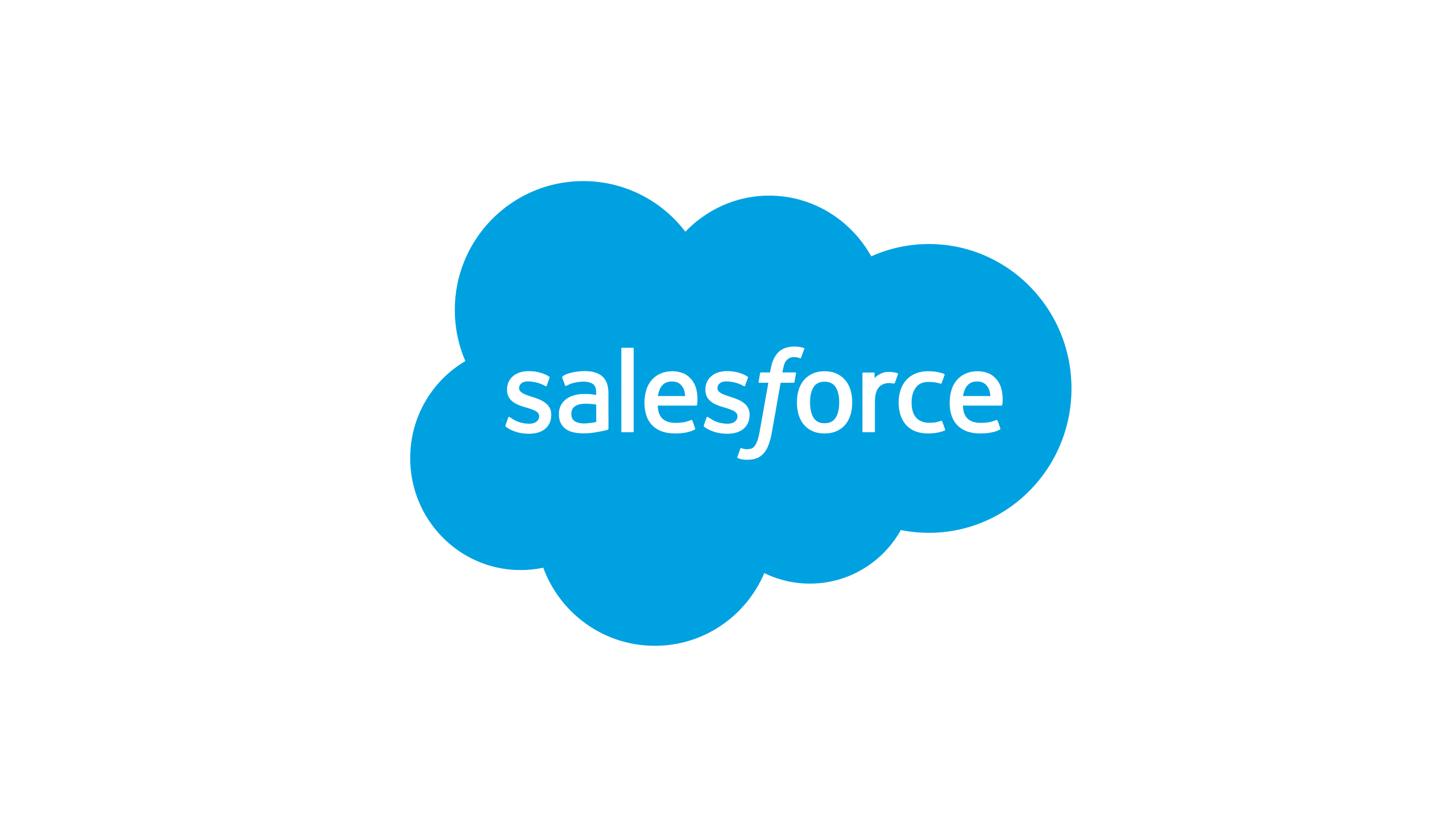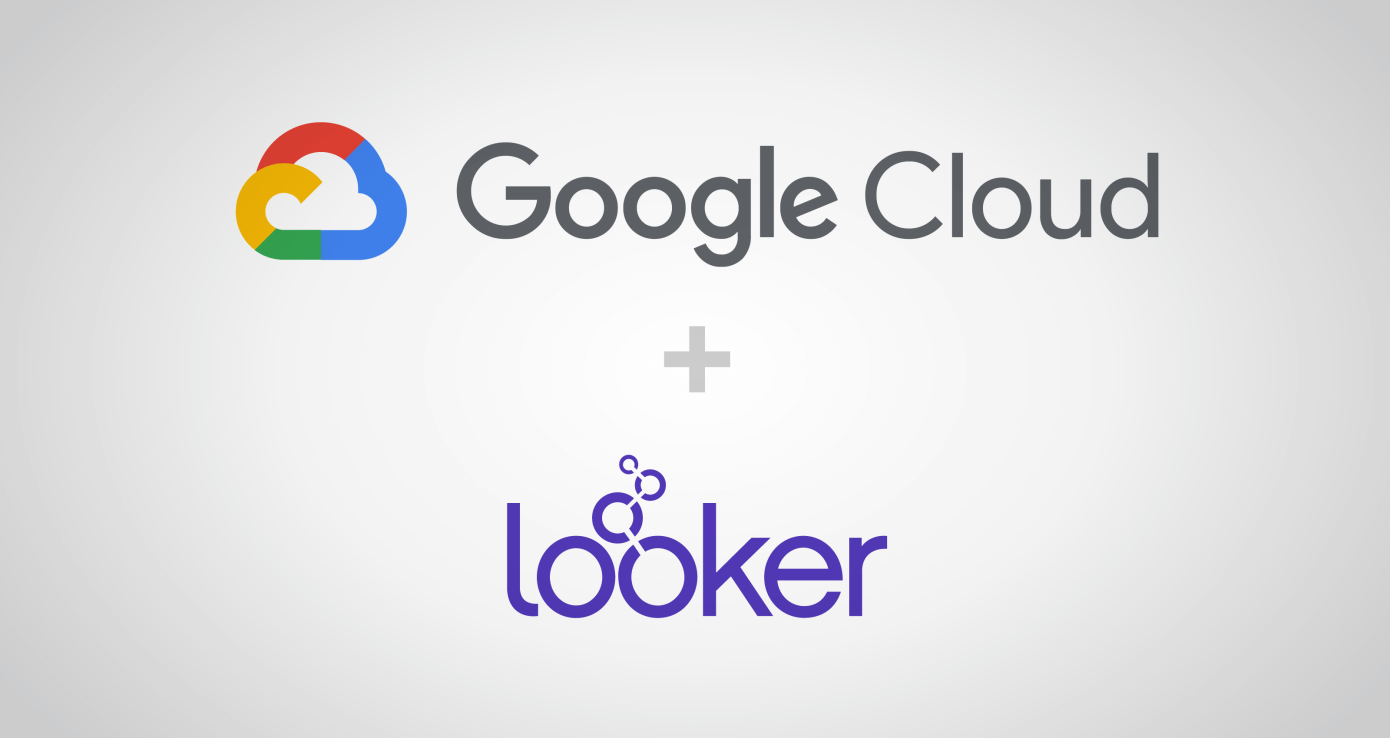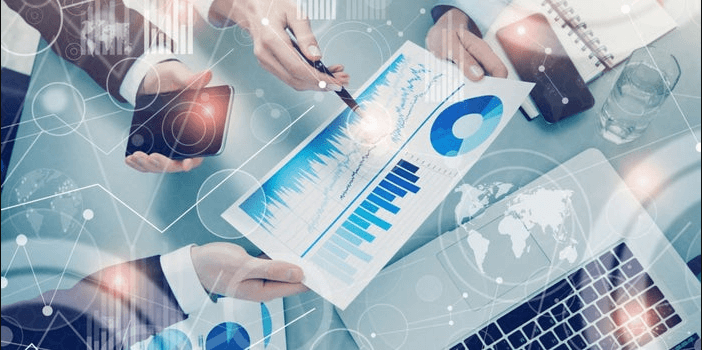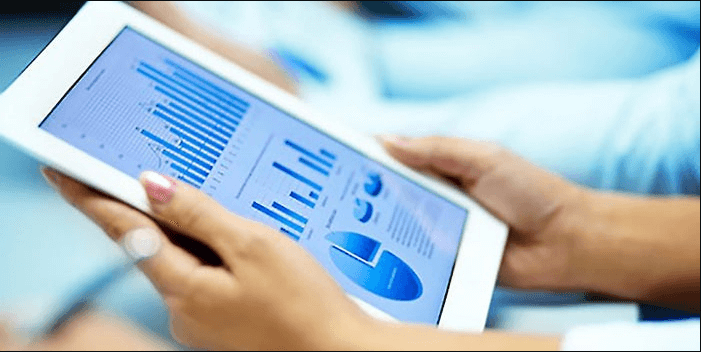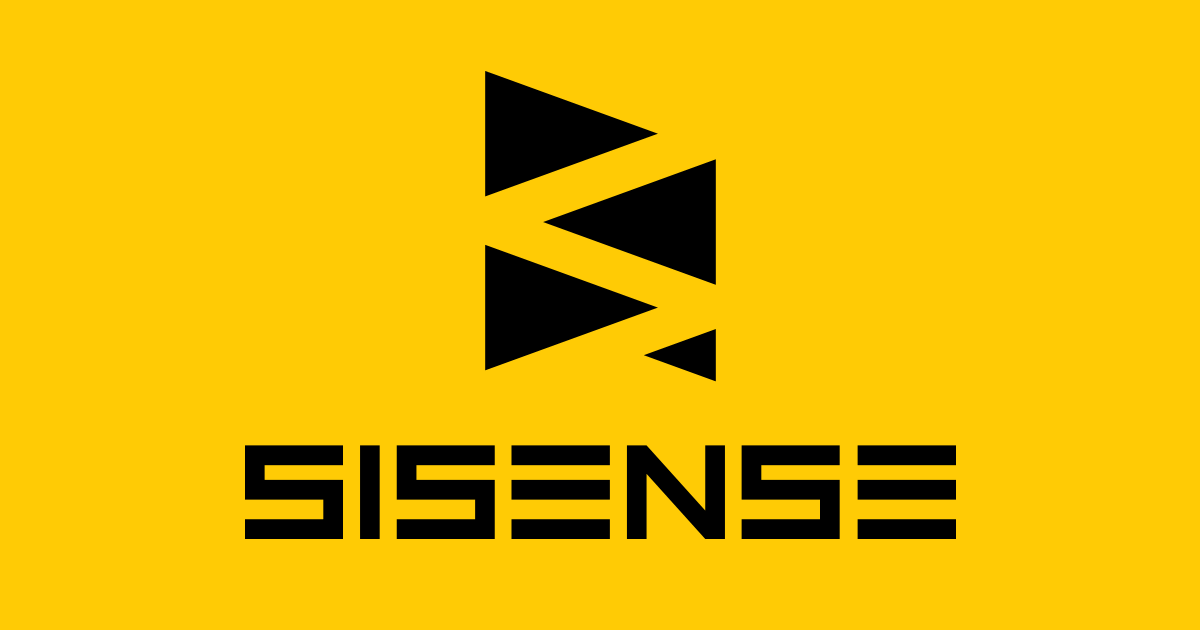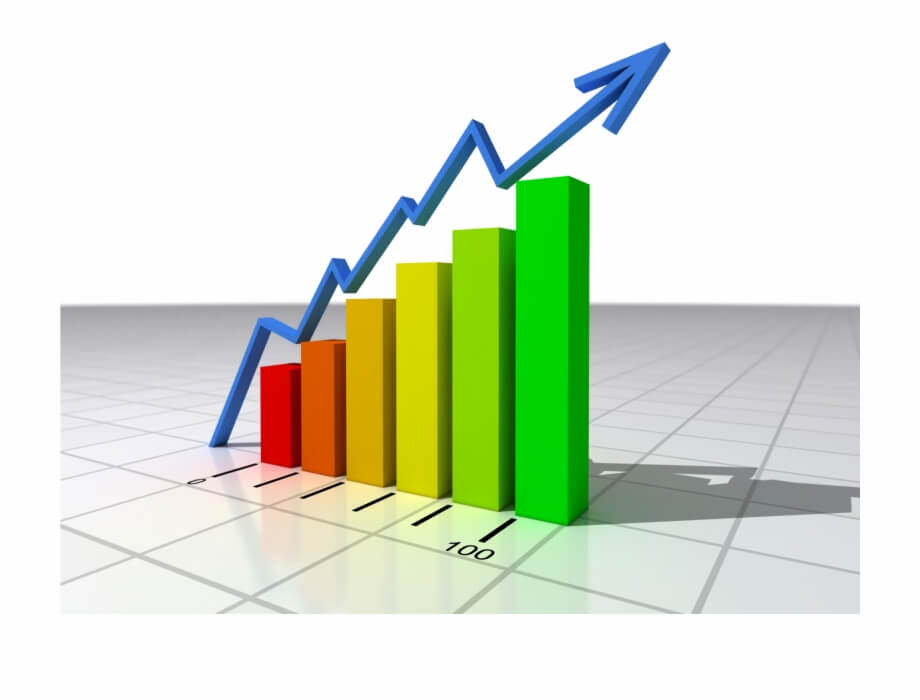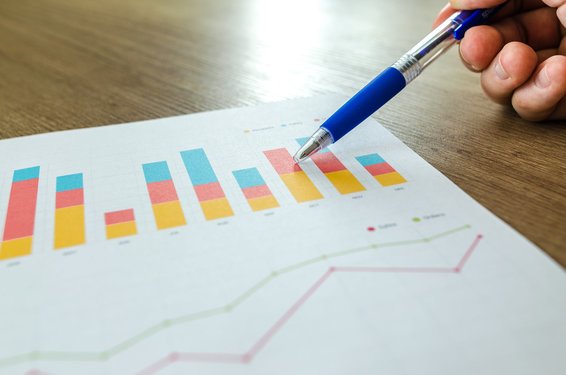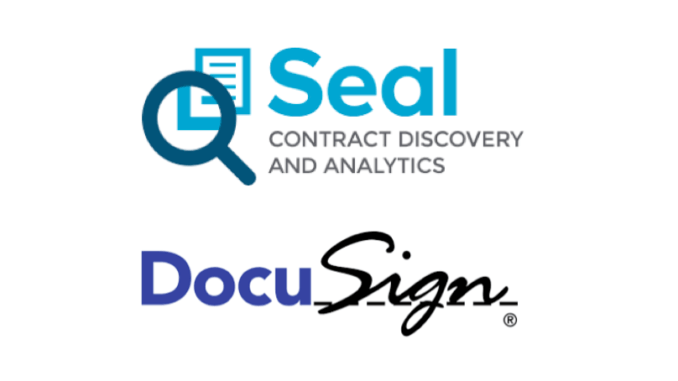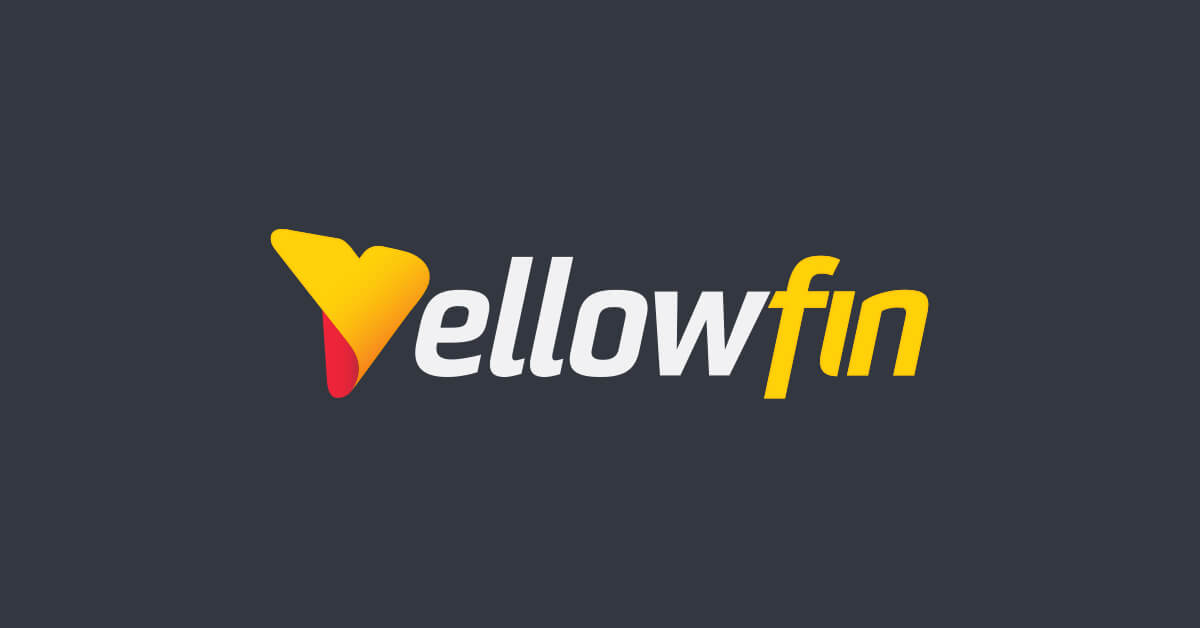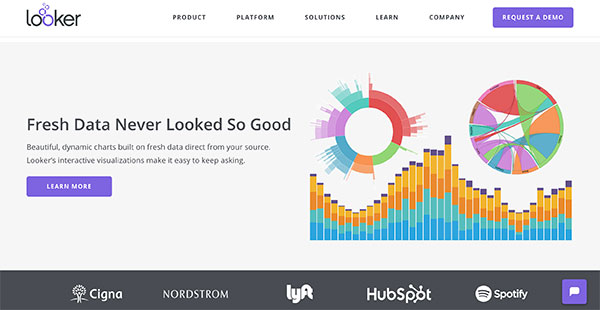When you think of business intelligence, do you think about huge multinational companies tracking millions of rows of sales and revenue data? Or do you think about that small mom and pop deli down the street, keeping track of which items are selling best on a certain day?
In the past, the business-intelligence industry was built to mainly serve large firms that could afford a full suite of software and teams of number-crunching analysts. But in the last decade, the industry has developed, technology has become more and more powerful. The results are business-intelligence solutions that are more accessible to small and medium-sized firms.
Here are some pointers for small and medium-size businesses seeking ways to become more data driven:
1. Seek a solution that can turn anyone into a data analyst.
Increasingly, good business-intelligence tools are being created that bring high-powered, in-depth analytics capabilities to the layperson. This data allows anyone to see, explore and ask questions of the information. For a small business where one person wears many hats, it's about making data analytics easy enough to fit into his or her job.
Historically, and to a degree today, these tools have required some programming knowledge to use, as a barrier to their adoption by small businesses. It's not realistic to ask all entrepreneurs or small business owners to learn to code. They are, after all, worrying about attending tocustomers, managing staff and fixing the cash register.
Advancements in the power of business-intelligence software have made a huge difference. The best business intelligence solutions for small businesses are generally Find a business solution that has functional functions and best practices built in, so that you can spend your time
2. Speedy analysis is critical.
With the old model of business intelligence, companies are often relied on. Coupled with slower, less-powerful software, this meant that the data analytics process could take weeks. This is no longer the case.
Audience Audit, which conducts in-depth market research and delivers reports to customers. Like many small businesses, its owner, Susan Baier, performs many roles, from researcher and analyst to presenter. Baier turned to my company, Tableau Software, for data-visualization software and it completely changed the way she ran her business. Ba Ba Ba,,,,,,,,,,,,,,,,,,,,,,,,,,,,.........
3. Get visual.
The human brain is wired to process information visually, making visualization one of the best ways to explore and understand data, especially when presenting data to customers, investors or other stakeholders.
Finding a solution that makes visualizations easier and more flexible, and you can focus on your data instead of formatting a chart or selecting a color for a trend line.
4. Rely on the cloud but not exclusively.
Small-business owners should seek out a solution that is flexible, letting them work in the cloud and with data on a combination of the two. Working in the cloud: There is less infrastructure to deploy, and it is not so easy. Yet at other times, an on-premises solution can make more sense.
Look for a solution that does not restrict you from relying fully on cloud computing and that also allows for storing data on premises. Many businesses pursue a hybrid of cloud and on-premises setup to support a variety of needs. Small businesses need to make data-driven decisions all the time and the solution should be flexible enough to allow that.
Big data is all the buzz now but it's not only fooled into thinking it's only for big business. Often data-driven insights can have a great impact at smaller companies.
This article first appeared on Entrepreneur and was written by Ellie Fields and can be found here .


